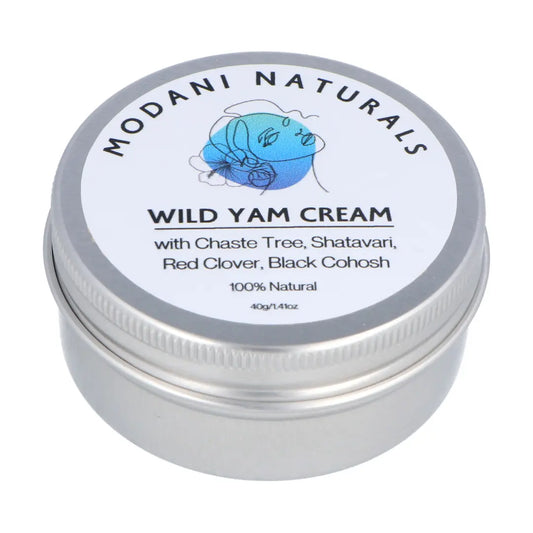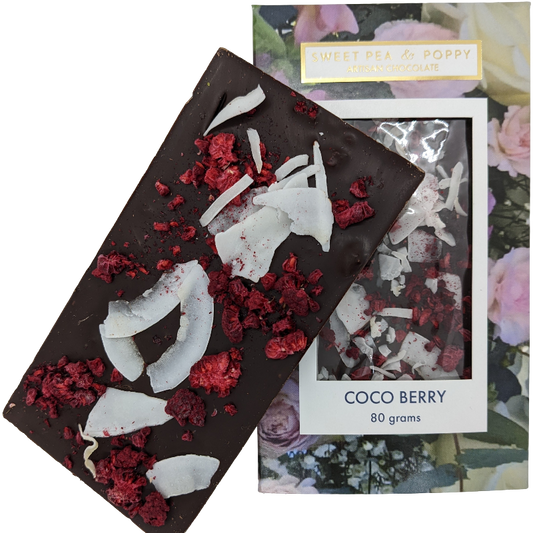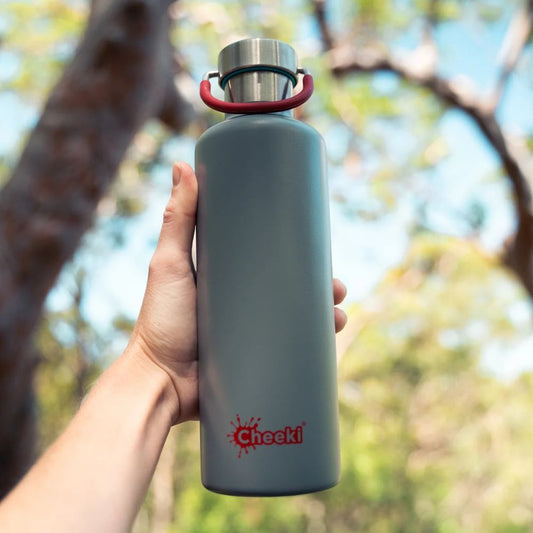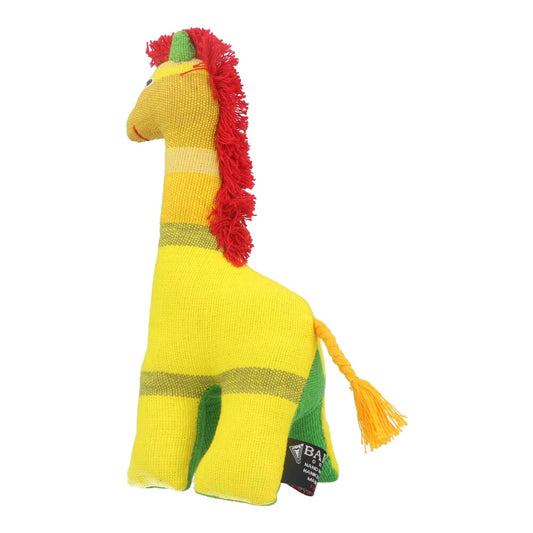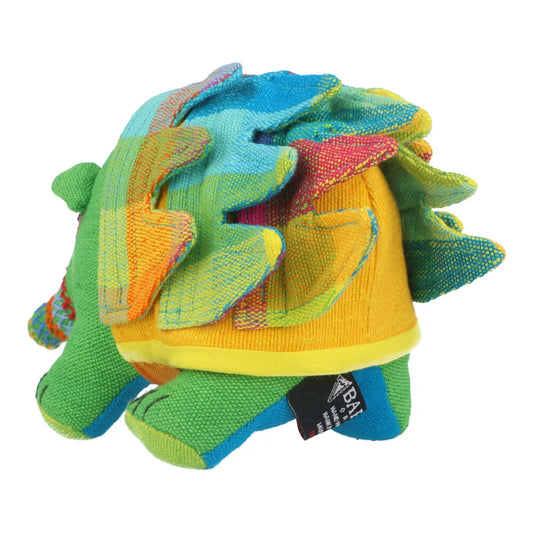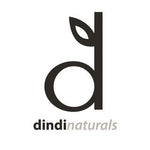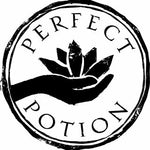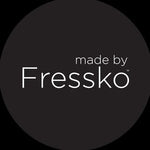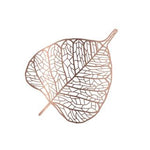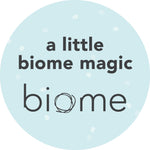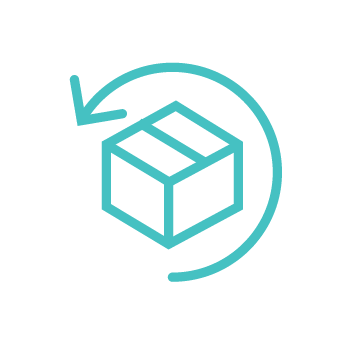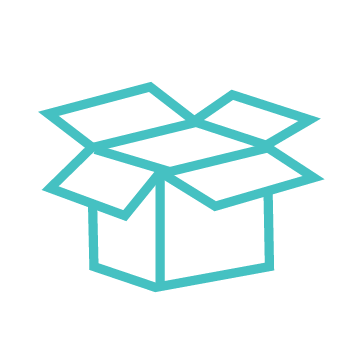
We love a cup of coffee or two throughout the day, but we don't love the potential impact our coffee habit has on the environment. Don't worry — we're not suggesting you give up on coffee altogether. There are ways to create a more sustainable, low-waste cup of coffee that tastes incredible and produces minimal waste. In this guide, we take you through how to make a zero-waste coffee, covering everything from eco-friendly beans to sustainable coffee makers. We promise the environment and your taste buds will love you for it!
How Sustainable Is Coffee?
Coffee production has a significant impact on the environment, with water usage being one of the primary concerns. The Dutch NGO Water Footprint Network found that a 125ml European cup of coffee requires 140 litres of water, meaning for every one part coffee, there's 1100 parts water. Shade trees are essential in coffee production to ensure biodiversity conservation, but most of the world's coffee is produced in monoculture farms with very few shade trees. In these sun-exposed farms, pollination and pests are common issues. This leads to the use of pesticides, which leads to further environmental damage. In addition, disposed coffee grounds are usually thrown into general waste bins and end up in landfills. Here, they emit methane, a greenhouse gas that is 25 times more harmful than carbon dioxide, and it one of the main causes of global warming.
Coffee And Social Sustainability
Just a few decades ago, coffee-producing communities were able to obtain a stable income from coffee farming. Today, these communities are struggling to access healthcare, education, food, and housing because of declining income, fluctuating coffee prices, and advanced production systems that require larger investments from farmers. This means coffee producers, their families, and wider communities are left vulnerable. Gender inequality is a leading issue. A report from The Rainforest Alliance showed that women produce less coffee than their male counterparts because they have less access to resources. If access was made equal, female farmers could increase their yields by 20-30%. The International Coffee Organisation estimate that eliminating the gender disparity could result in an extra 30 billion cups of coffee a year. Child labour is also considered a major issue facing the coffee industry. The U.S. Department of Labor reported that there are approximately 34,131 child laborers growing coffee in Vietnam. Additionally, around 5,000 children under the age of 14 are working on coffee plantations in Brazil. These children are kept out of school, exposed to dangerous working conditions, and often denied labour protections.
Can Coffee Be Sustainable?
There are a number of steps you can take to ensure you are consuming coffee in a more sustainable way. Below, we list a few ways to incorporate more sustainable practices into your coffee routine to help minimise the damage to the environment.
1. Source low waste, local and environmentally friendly coffee beans
A good, low-waste or zero-waste coffee starts with the beans. It's particularly important to take note of how the beans are packaged and where they originate. When purchasing coffee beans, choose beans that follow eco-friendly production methods that don't contribute to deforestation. Look for official certifications like the Rainforest Alliance Certification or Australian Certified Organic. The Rainforest Alliance certification requires a particular level of native vegetation to be maintained within each coffee farm, while the Australian Certified Organic certification is focused on protecting natural habitats and biodiversity, efficient water use, and minimising the use of chemicals in fertilisers and pest and disease management.

The best practice would be to visit a local coffee farm that roasts its beans on-site and purchase your roasted coffee beans in bulk using your own container. Australia is home to some excellent coffee producers, and most farms can be found between Cairns and Coffs Harbour. You can also buy your coffee beans at many coffee shops that roast their own beans. Merlo is a great example. Simply bring your own container for them to fill. Alternatively, try a bulk food store. If you can't find package-free coffee beans, opt for Australian grown coffee in a larger pack. Not only will you be supporting Australian farmers and local businesses, but you will also save packaging waste and food miles overall. You might even save money considering the cost per kilogram is often lower for larger quantities. Whole beans will stay fresh for longer than pre-ground beans, especially if kept in an airtight container in a cool, dry, dark spot, like the pantry. Grind the required amount of whole coffee beans with a coffee grinder prior to brewing. We have a great people-powered coffee grinder that saves electricity too! After much research, we are yet to find a company that sells coffee beans in compostable packaging, but we know it is just a matter of time. Do you know of a place where you can buy coffee beans in bulk using your own container or in compostable packaging? We would love to hear! Let us know in the comments section below.
2. Use a Cane Sugar Alternative
Many of us prefer to sweeten bitter coffee with sugar. But sugarcane farming poses an environmental threat in Australia. In Queensland, the Great Barrier Reef lagoon is being polluted with pesticide and sediment runoff, mainly from cane farming. Cane sugar also contributes to habitat loss, resource loss through increased water use, and fertiliser runoff into vulnerable ecosystems. Concerning habitat loss, “Approximately 5-6 million hectares of soil is lost every year due to intensive sugar cultivation and land degradation” worldwide. So, what about cane sugar alternatives? Agave syrup is not commonly farmed sustainably. The plant takes ages to grow and is killed when harvested, so it doesn't renew quickly. It's also commonly farmed on large plantations with chemical fertiliser, herbicides and pesticides. Date Sugar is made from dehydrated dates and is minimally processed. Although dates require a lot of water to grow, this is a sugar you can make yourself, meaning less chemicals. Honey is sustainable depending where it's bought. It can be bought from commercial apiaries, where bees may be stressed or treated with antibiotics, or it can be bought from local producers that practice sustainable beekeeping methods. Buying local honey also supports local plant pollination. Maple Syrup can be sourced from trees that have been tapped for years, utilising a sustainable resource. As long as it's certified organic, maple syrup also has a low environmental impact. As with all these alternatives, where they come from and their organic status will affect their carbon footprint, chemical and pollution level.
3. Use a low tech, low waste coffee brewing method
Single-use coffee pods, disposable coffee filters, and electronic coffee makers are resource-intensive, wasteful and costly, but we have some great low tech, low waste alternatives that produce outstanding results again and again!
Classic Glass and Stainless Steel Plastic Free Drip Coffee Maker

Biome's classic glass and stainless steel drip coffee maker features a wood collar, a twine tie (vegan), stainless steel filter and a stylish glass body. It's timeless, beautiful, zero waste and coffee enthusiasts rave about it. To use the classic glass and stainless steel hand drip coffee maker simply follow these steps:
- Boil the appropriate amount of water in a kettle.
- Select your whole coffee beans and grind them to a medium coarse ground.
- Put one rounded tablespoon of ground coffee per cup into the stainless steel filter cone. Feel free to use more if you prefer it stronger.
- Pour a small amount of boiling water over the coffee grounds to wet them and wait 30 seconds for them to ‘bloom'. This will enhance the coffee's flavour.
- Slowly pour more boiling water over the grounds using a circular or back-and-forth motion as you pour to soak the grounds evenly. Keep the water well below the top of the coffee maker.
- Remove the filter and compost the coffee grounds.
- Pour your coffee into a mug and enjoy.
Kilner Cold Brew Coffee Set
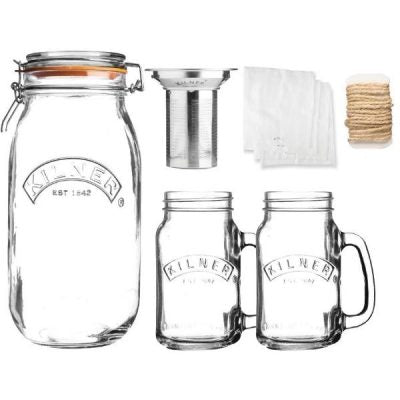
Our Kilner cold brew coffee set allows you to make cold brew coffee at home. Cold brew extracts the full flavour of your favourite bean in a low acid, sweeter tasting coffee. The coffee it produces tastes beautiful, and is great straight or used to make an iced latte. The set features a 2L clip top jar, two drinking jars with handles and filtration equipment. Follow these steps to make cold brew coffee:
- Select your whole coffee beans and grind them to a medium coarse ground.
- Fill the 2L clip top jar with cold, filtered water. Leave a 3cm gap from the top of the jar.
- Add the stainless steel filter to the jar and fill with your ground coffee.
- Top up the jar with water and stir.
- Place the lid on the jar and shake gently to infuse.
- Place the jar in the fridge to brew for 12-24 hours.
- Remove from fridge, open jar and remove the stainless steel filter.
- Take your drinking jar and fill with ice. Tie muslin around the top to create a filter, and pour your coffee into the jar. Remove the muslin cloth and top up with milk if desired.
- Refrigerate any leftover coffee for up to one week.
Other Options
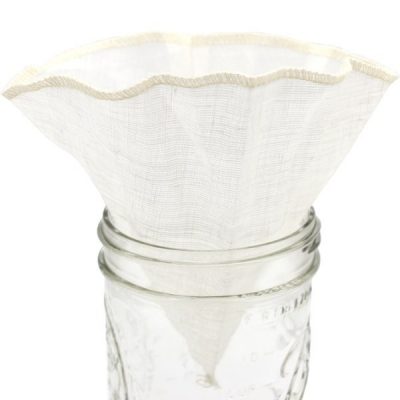
Other popular low tech, zero waste coffee brewing methods include using a reusable filter (like our reusable hemp filter, here), a French press, stovetop percolator, aeropress, moka pot, Turkish pot, or a single cup pour over.
4. Use a reusable ground coffee bag
Where you can, opt for reusable ground coffee bags to keep your beans in. You can then use our TerraCycle Zero Waste Recycle Bin to discard of the ‘uncrecyclable' packaging your beans originally came in. Put all of your coffee packaging into The TerraCycle Zero Waste Recycle Bin, and when it's full, post it back to TerraCycle. They will use specialised methods to break down and recycle the materials!
5. Use milk and sugar in recyclable packaging
If you take your coffee with milk and sugar, look at the packaging these products come in. You can find sugar package free in bulk food stores. Alternatively, choose Australian sugar in paper packaging, which can be recycled. By choosing Australian grown sugar you are also supporting Australian farmers and lower food miles. When it comes to milk, opt for milk in recyclable glass or plastic bottles, and avoid long life Tetra Pak packaged milks. Tetra Pak cartons are made up of several layers of polyethylene, aluminium and paperboard, and while they are recyclable, not all recycling facilities have the capacity to recycle them. If you love nut milk, you could make your own using one of our nut milk bases, or from scratch using our reusable nut milk bag. It's really easy!
6. Compost the coffee grounds
Finally, for the ultimate zero waste coffee, don't let those spent coffee grounds end up in landfill! Compost them and let your veggie garden reap the benefits! Research recommends you add your spent coffee grounds to your compost heap, Bokashi bin or worm farm in small proportions (up to 20%), instead of applying them directly to your garden. Composting the grounds will allow the toxins to decompose safely, and will enable the water holding capacity benefits to emerge. If you don't have a compost system, you could give your spent coffee grounds to a community garden instead.
Now, enjoy!
Take five with your delicious, freshly brewed cup of sustainable coffee knowing that your actions will have a significant, positive impact on our environment. Discover the range of sustainable coffee products at Biome, including reusable coffee cups.
Related Links:
Going travelling? You will want a good quality (possibly insulated) leakproof mug for the road. Check out our Travel Mug collection today.


